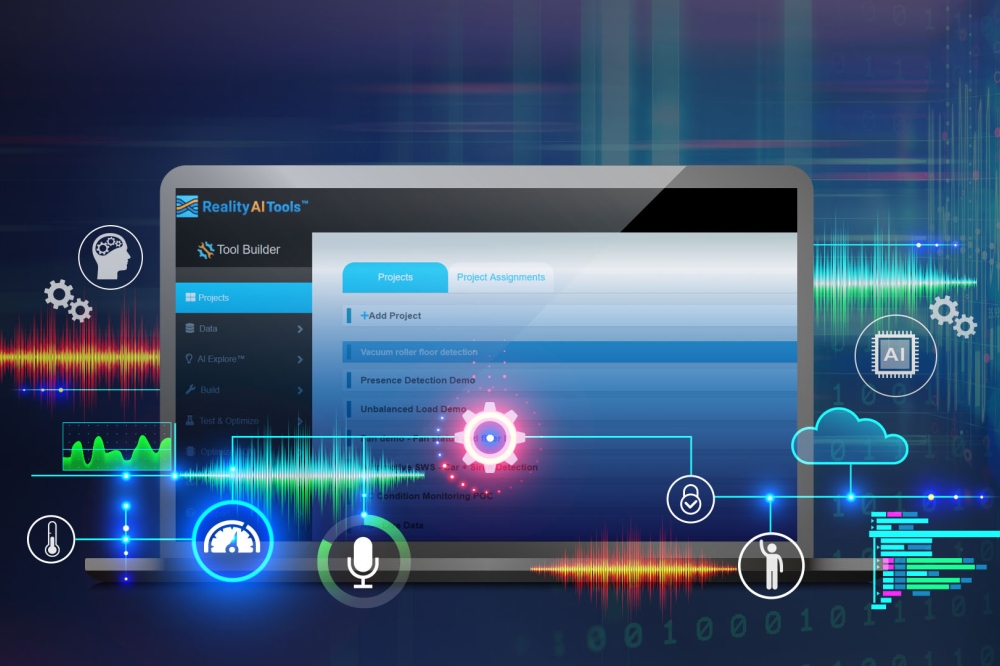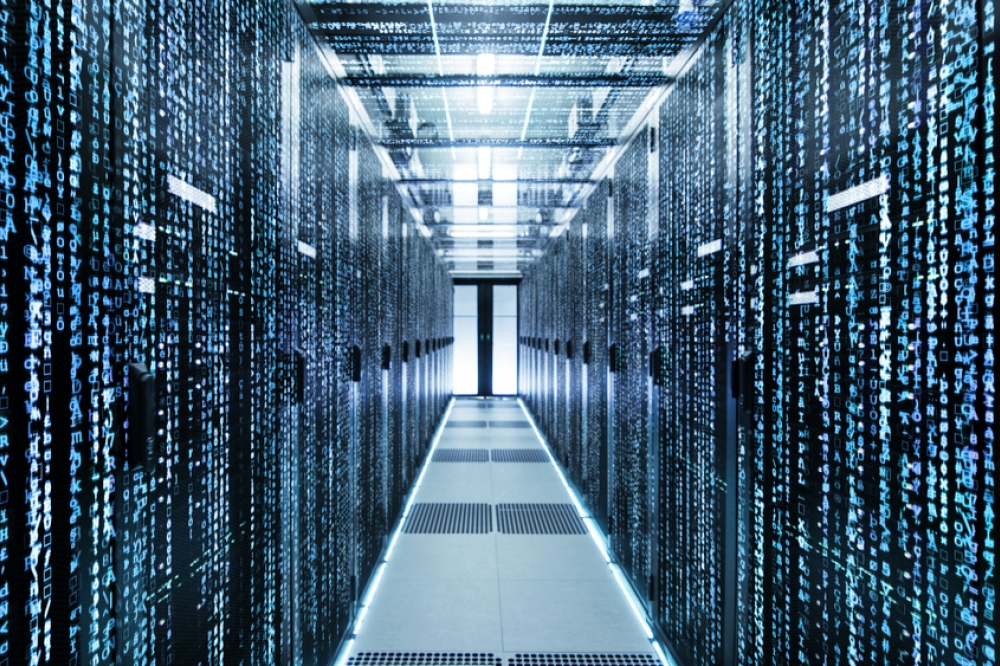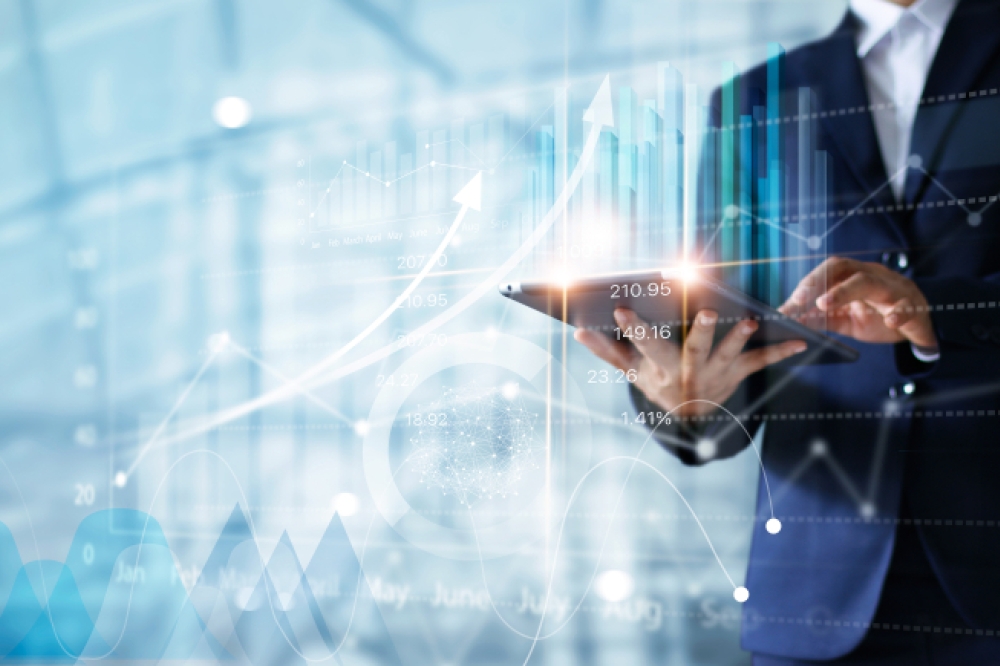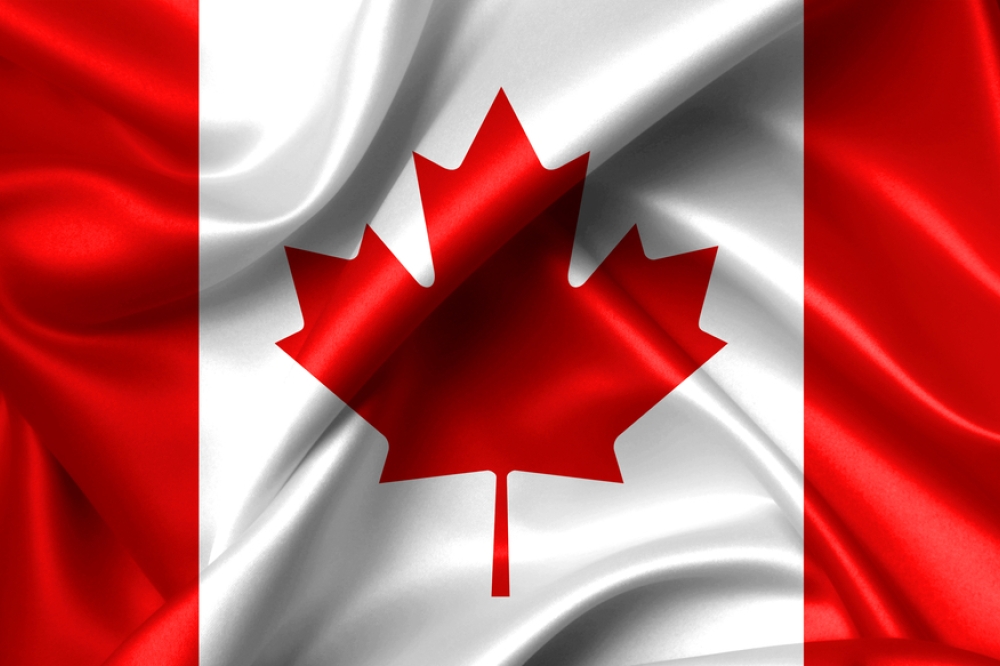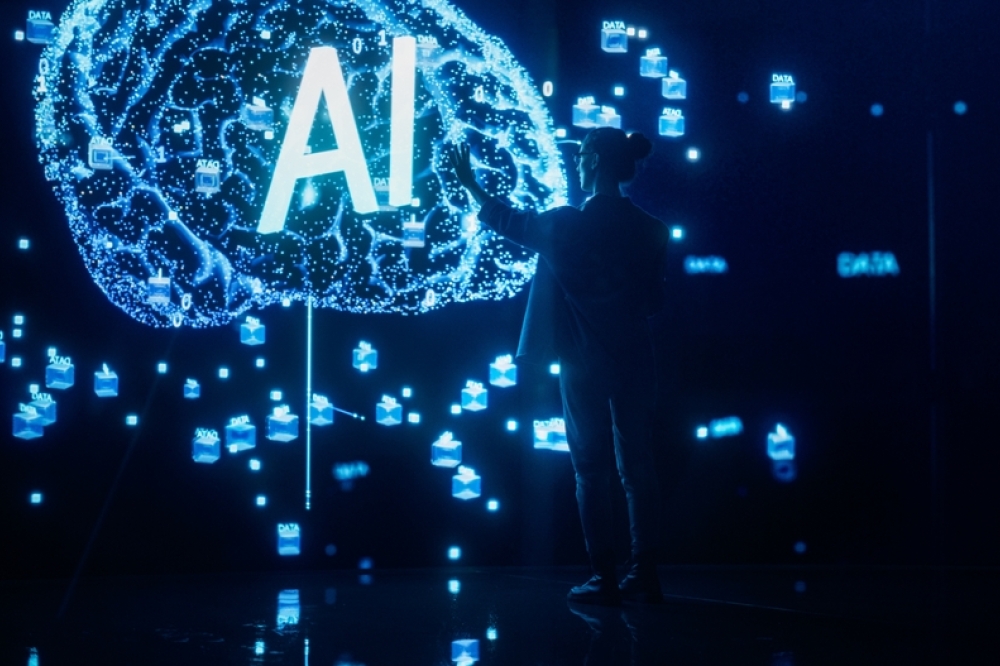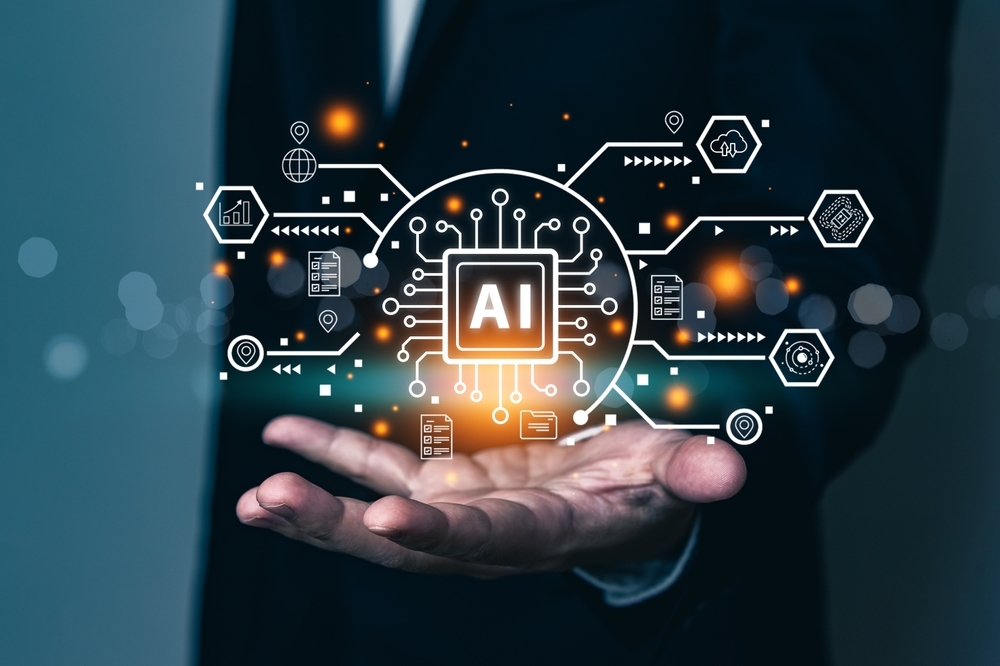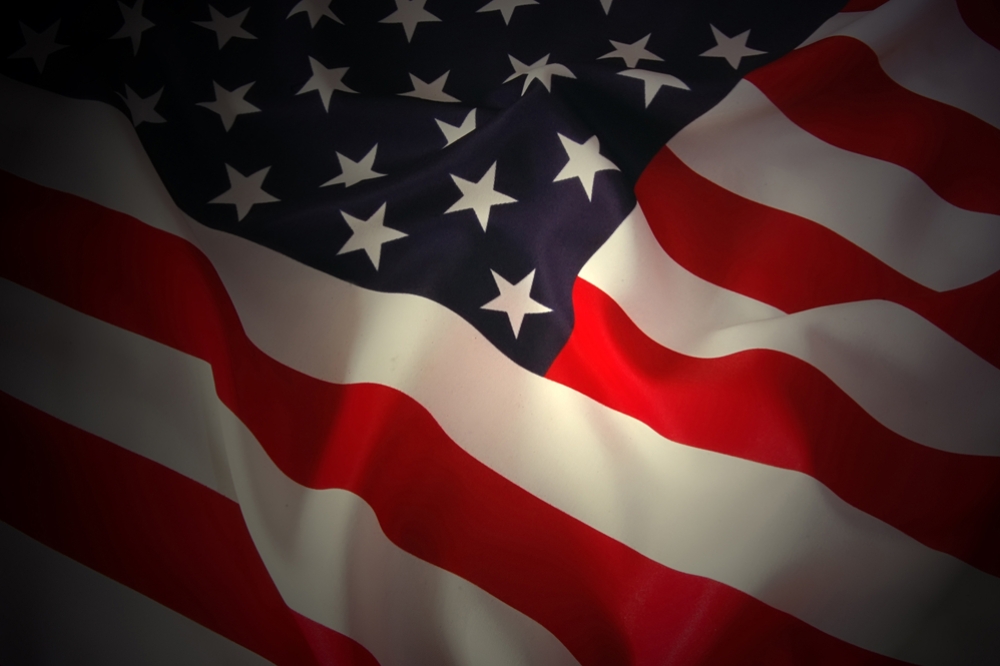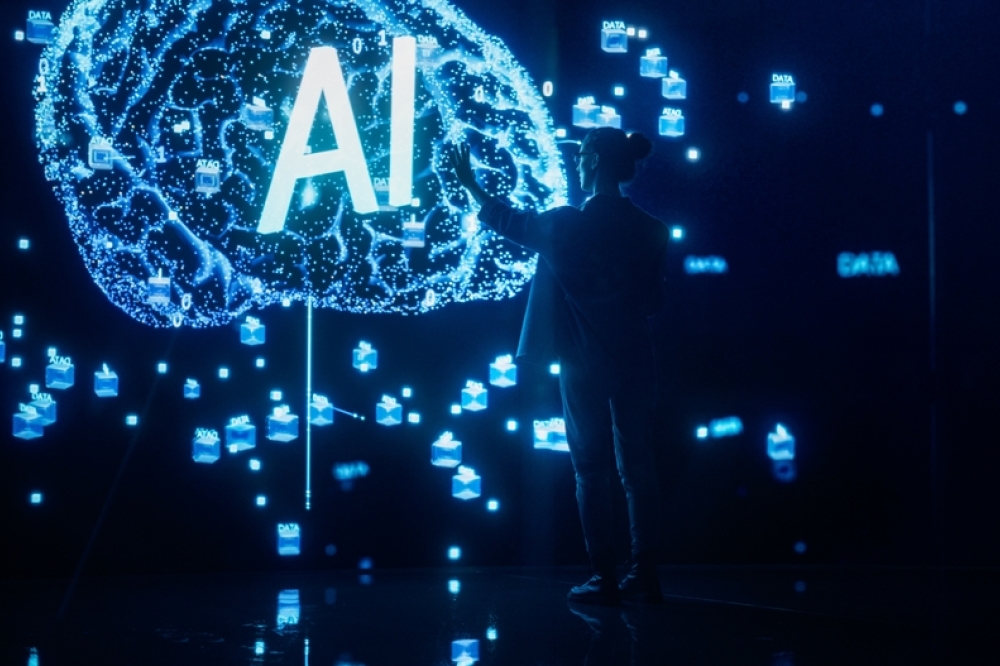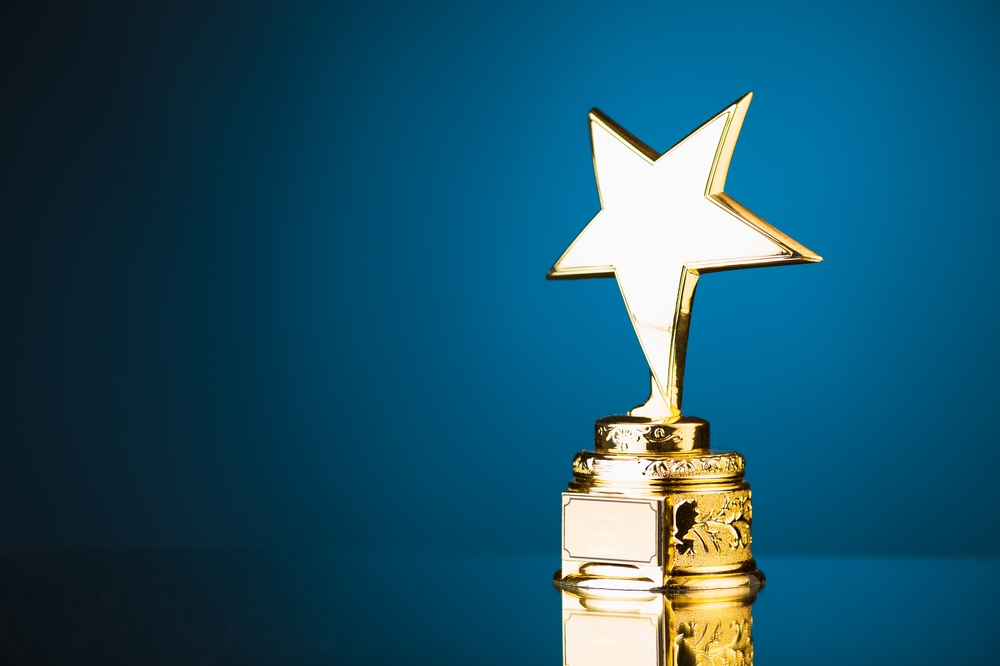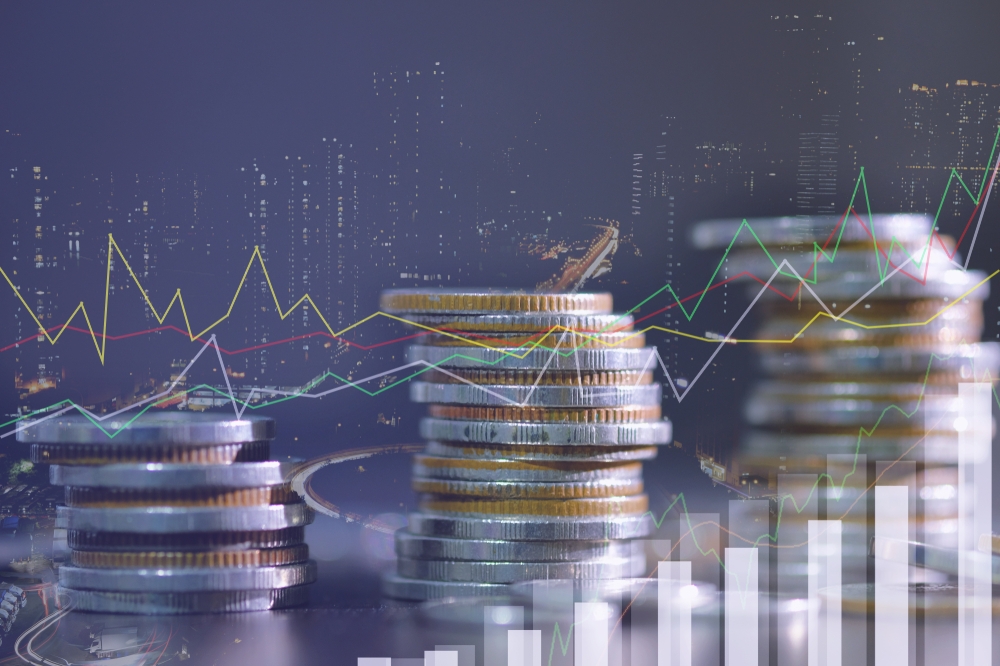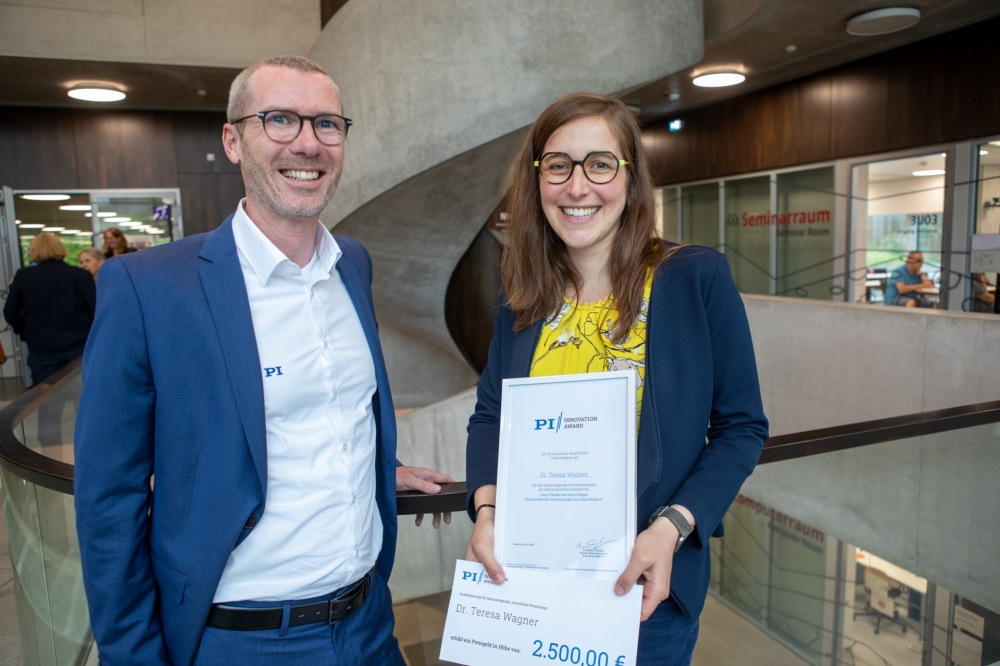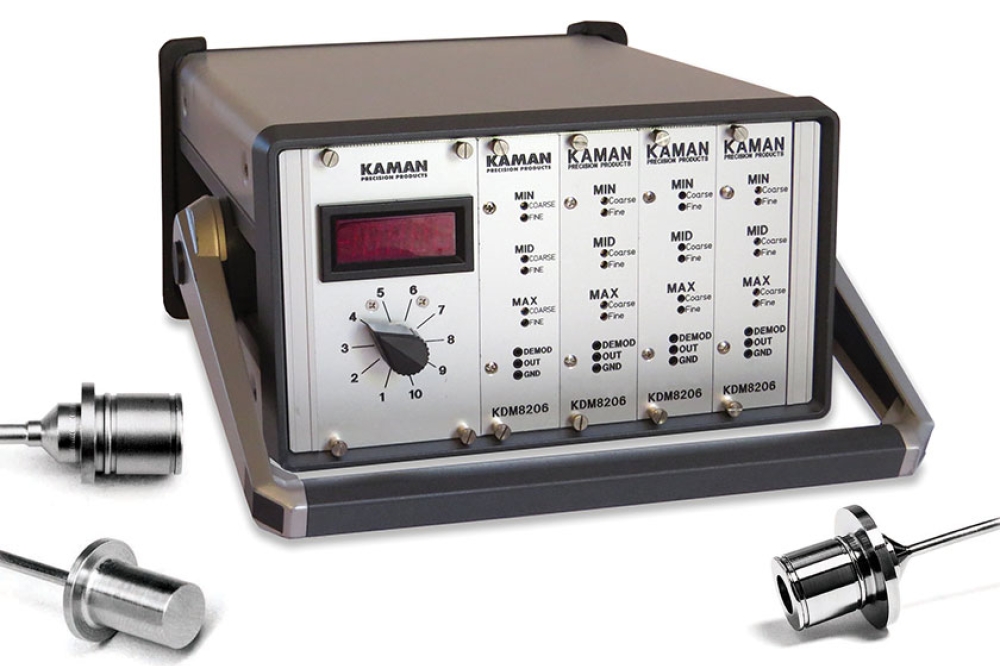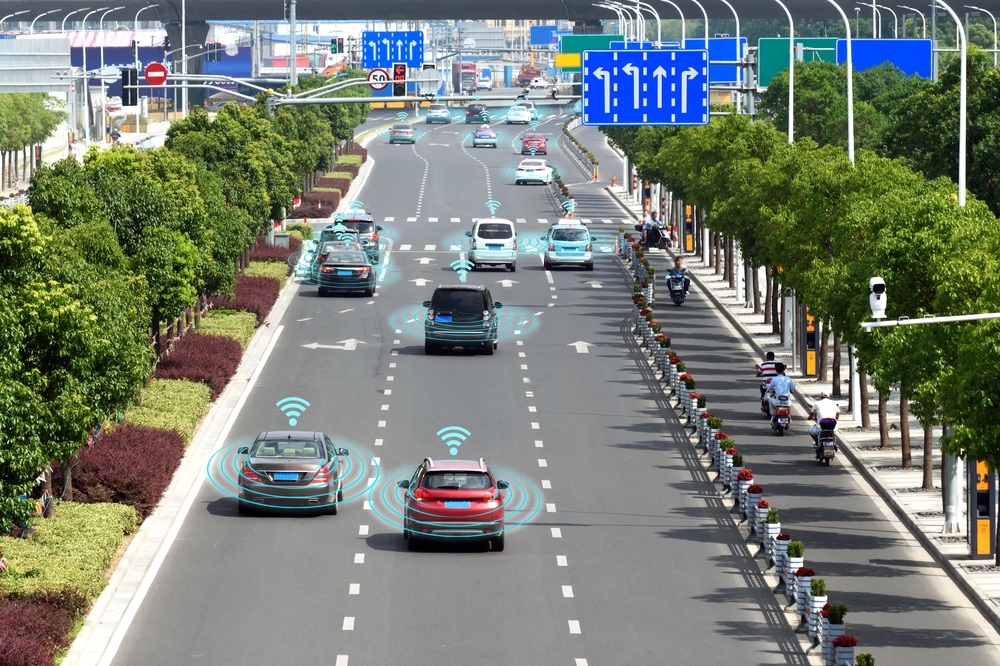CHIPS for America outlines vision for the National Semiconductor Technology Center

The U.S. Department of Commerce’s National Institute of Standards and Technology (NIST) has released a paper outlining its vision and strategy for a National Semiconductor Technology Center (NSTC), a key component of the research and development program established by President Biden’s CHIPS and Science Act.
The paper, "A Vision and Strategy for the National Semiconductor Technology Center," lays out how the NSTC will accelerate America’s ability to develop the chips and technologies of the future to safeguard America’s global innovation leadership. The vision and strategy paper describes the center’s mission, core programs, and other features. In addition to creating and sponsoring research programs, the NSTC will work with academic and industry partners to create affiliated technical centers around the country, fostering a network of research and innovation that is unprecedented in scale, breadth, and focus. The NSTC will lay the groundwork for good jobs that will grow a domestic semiconductor workforce.
“The NSTC will be an ambitious public-private consortium where government, industry, customers, suppliers, educational institutions, entrepreneurs, and investors will come together to innovate, connect, and solve problems,” said U.S. Secretary of Commerce Gina Raimondo. “Most importantly, the NSTC will ensure that the U.S. leads the way in the next generation of semiconductor technologies which can enable major new advances in areas that will advance our economic and national security. While the manufacturing incentives of the CHIPS Act will bring semiconductor manufacturing back to the U.S., a robust R&D ecosystem led by the NSTC will keep it here.”
The NSTC’s programs are intended for the entire ecosystem: fabless companies, research institutions, community colleges, state and local governments, national labs, foundries, integrated device manufacturers, equipment vendors, materials suppliers, labor unions, and investors. The NSTC aims to fulfill the unmet needs of the sector with member services such as access to emerging materials and process technologies, digital assets and design tools, a chiplet stockpile, and incubation support for startups. It also will offer the opportunity for participation in industry grand challenges, road mapping and standards activities, and workforce training and technical exchange programs.
As outlined in the strategy paper, the NSTC has three high-level goals:
1. Extend America’s leadership in semiconductor technology. Designing, prototyping, and piloting the latest semiconductor technology in America will provide the foundation for future applications and industries and strengthen the domestic semiconductor manufacturing ecosystem.
2. Reduce the time and cost of moving from design idea to commercialization. The NSTC will leverage shared facilities and expertise for designing, prototyping, manufacturing, packaging, and scaling of semiconductors and related products that provide innovators in the U.S. with critical capabilities to advance economic and national security.
3. Build and sustain a semiconductor workforce development ecosystem. The NSTC will serve as a coordinating body and center of excellence to scale the technical workforce, including scientists, engineers, and technicians. The NSTC workforce programs will support expanding recruiting, training, and retraining for the semiconductor ecosystem, including reaching groups that are traditionally under-represented in the industry.
“The National Semiconductor Technology Center is designed to drive innovation and speed the transfer of new technologies to market,” said Under Secretary of Commerce for Standards and Technology and NIST Director Laurie E. Locascio. “This center will give the U.S. semiconductor industry an enduring technological lead and help develop a skilled workforce capable of manufacturing the world’s most advanced devices.”
In addition to establishing a center for research, administration, and operations, the NSTC will establish technical centers by expanding and improving research facilities across the country or by building new, advanced facilities. Inventors and entrepreneurs, start-ups and established businesses, chipmakers, materials and equipment suppliers, educators and trainees can all collaborate on NSTC programs. The NSTC is designed to address the real-world technical challenges of the semiconductor industry and provide immediate and hands-on knowledge transfer and training to participants.
Extensive feedback from stakeholders made clear that the NSTC must address a wide variety of issues for a great diversity of stakeholders. It is essential that the NSTC is viewed throughout the ecosystem as neutral, trusted, and science driven.
The Secretary of Commerce, in collaboration with the Secretary of Defense, will establish the NSTC through the creation of a public-private consortium as required by the Act.
Federal consortia are frequently managed by nonprofit entities. The Department anticipates the creation of a new, purpose-built, independent, nonprofit entity with the requisite neutrality, expertise, leadership, and capacity to serve as the operator of the NSTC consortium.
As a first step, the Department will issue in the April 26, 2023, Federal Register a call for nominations to join a committee that will select a board of trustees. The board of trustees will form a non-profit entity that the Department anticipates will serve as the operator for the NSTC.

